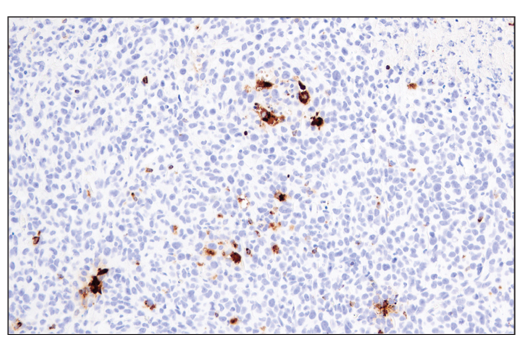


1/59

品牌: CST
 下载产品说明书
下载产品说明书 用小程序,查商品更便捷
用小程序,查商品更便捷



 收藏
收藏
 对比
对比 咨询
咨询
产品介绍
产品信息
抗原名称
Mouse Immune Cell Phenotyping IHC

来源纯化
Monoclonal antibodies are produced by immunizing animals with synthetic peptides corresponding to residues surrounding Leu50 of mouse CD3ε protein, Asp42 of mouse CD8α protein, Ala232 of mouse CD4 protein, Pro44 of mouse FoxP3 protein, Leu427 of human CD19 protein, Ala1153 of mouse CD11c protein, or with a synthetic peptide corresponding to residues surrounding Ala197 of mouse Granzyme B protein or mouse F4/80 protein.

简单描述
Antibody Sampler Kit for studying EMR1 mouse/CD4 mouse/Granzyme B mouse/FOXP3 mouse/CD3epsilon mouse/CD19 mouse/ITGAX mouse/CD8A mouse in the research area.

研究领域
癌症,纤维化,免疫学和肿瘤学,神经科学,

应用
目标/特异性
Specificity/Sensitivity
Each antibody included in the Mouse Immune Cell Phenotyping IHC Antibody Sampler Kit recognizes endogenous levels of its target mouse protein. Non-specific staining has been observed in mouse kidney and liver with CD4 (D7D2Z) Rabbit mAb, and in mouse kidney with Granzyme B (E5V2L) Rabbit mAb (Mouse Specific).

背景
背景
Cluster of Differentiation 3 (CD3) is a multiunit protein complex expressed on the surface of T-cells that directly associates with the T-cell receptor (TCR). CD3 is composed of four polypeptides: ζ, γ, ε and δ. Engagement of TCR complex with antigens presented in Major Histocompatibility Complexes (MHC) induces tyrosine phosphorylation in the immunoreceptor tyrosine-based activation motif (ITAM) of CD3 proteins. CD3 phosphorylation is required for downstream signaling through ZAP-70 and p85 subunit of PI-3 kinase, leading to T cell activation, proliferation, and effector functions (1). Cluster of Differentiation 8 (CD8) is a transmembrane glycoprotein expressed primarily on cytotoxic T cells, but has also been described on a subset of dendritic cells in mice (2,3). On T cells, CD8 is a co-receptor for the TCR, and these two distinct structures are required to recognize antigen bound to MHC Class I (2). Cluster of Differentiation 4 (CD4) is expressed on the surface of T helper cells, regulatory T cells, monocytes, macrophages, and dendritic cells, and plays an important role in the development and activation of T cells. On T cells, CD4 is the co-receptor for the TCR, and these two distinct structures recognize antigen bound to MHC Class II. CD8 and CD4 co-receptors ensure specificity of the TCR–antigen interaction, prolong the contact between the T cell and the antigen presenting cell, and recruit the tyrosine kinase Lck, which is essential for T cell activation (2). Granzyme B is a serine protease expressed by CD8+ cytotoxic T lymphocytes and natural killer (NK) cells and is a key component of the immune response to pathogens and transformed cancer cells (4). Forkhead box P3 (FoxP3) is crucial for the development of T cells with immunosuppressive regulatory properties and is a well-established marker for T regulatory cells (Tregs) (5). CD19 is a co-receptor expressed on B cells that amplifies the signaling cascade initiated by the B cell receptor (BCR) to induce activation. It is a biomarker of B lymphocyte development, lymphoma diagnosis, and can be utilized as a target for leukemia immunotherapies (6,7). F4/80 (EMR1) is a heavily glycosylated G-protein-coupled receptor and is a well-established marker for mouse macrophages (8). CD11c (integrin αX, ITGAX) is a transmembrane glycoprotein highly expressed by dendritic cells, and has also been observed on activated NK cells, subsets of B and T cells, monocytes, granulocytes, and some B cell malignancies including hairy cell leukemia (9,10).
1.Kuhns, M.S. et al. (2006) Immunity 24, 133-9.
2.Zamoyska, R. (1994) Immunity 1, 243-6.
3.Shortman, K. and Heath, W.R. (2010) Immunol Rev 234, 18-31.
4.Trapani, J.A. (2001) Genome Biol 2, REVIEWS3014.
5.Ochs, H.D. et al. (2007) Immunol Res 38, 112-21.
6.Tedder, T.F. et al. (1997) Immunity 6, 107-18.
7.Scheuermann, R.H. and Racila, E. (1995) Leuk Lymphoma 18, 385-97.
8.McKnight, A.J. et al. (1996) J Biol Chem 271, 486-9.
9.Kohrgruber, N. et al. (1999) J Immunol 163, 3250-9.
10.Qualai, J. et al. (2016) PLoS One 11, e0154253.

研究领域
癌症,纤维化,免疫学和肿瘤学,神经科学,
翻译后修饰
Unmodified

数据库链接
Entrez-Gene ID
13733,12504,14939,20371,12501,12478,16411,12525

UniProt ID
Q61549,P06332,P04187,Q99JB6,P22646,P25918,Q9QXH4,P01731

声明 :本官网所有报价均为常温或者蓝冰运输价格,如有产品需要干冰运输,需另外加收干冰运输费。




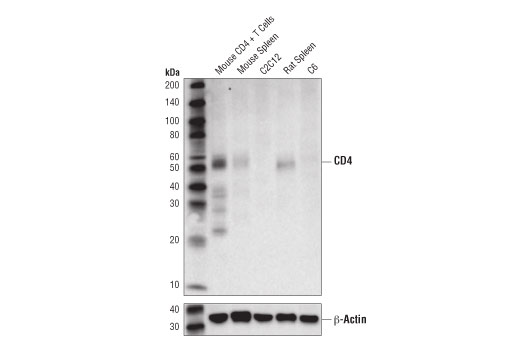
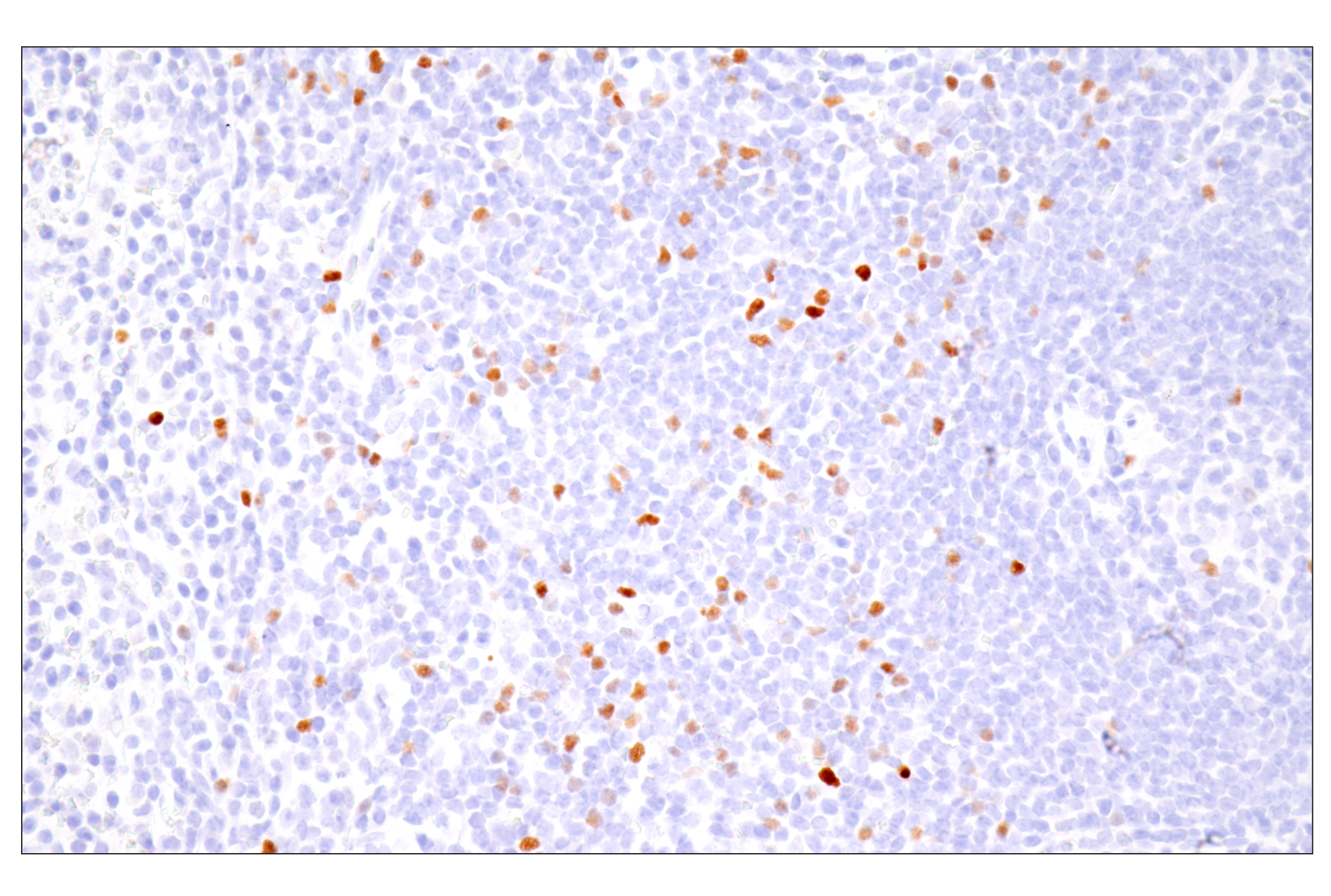
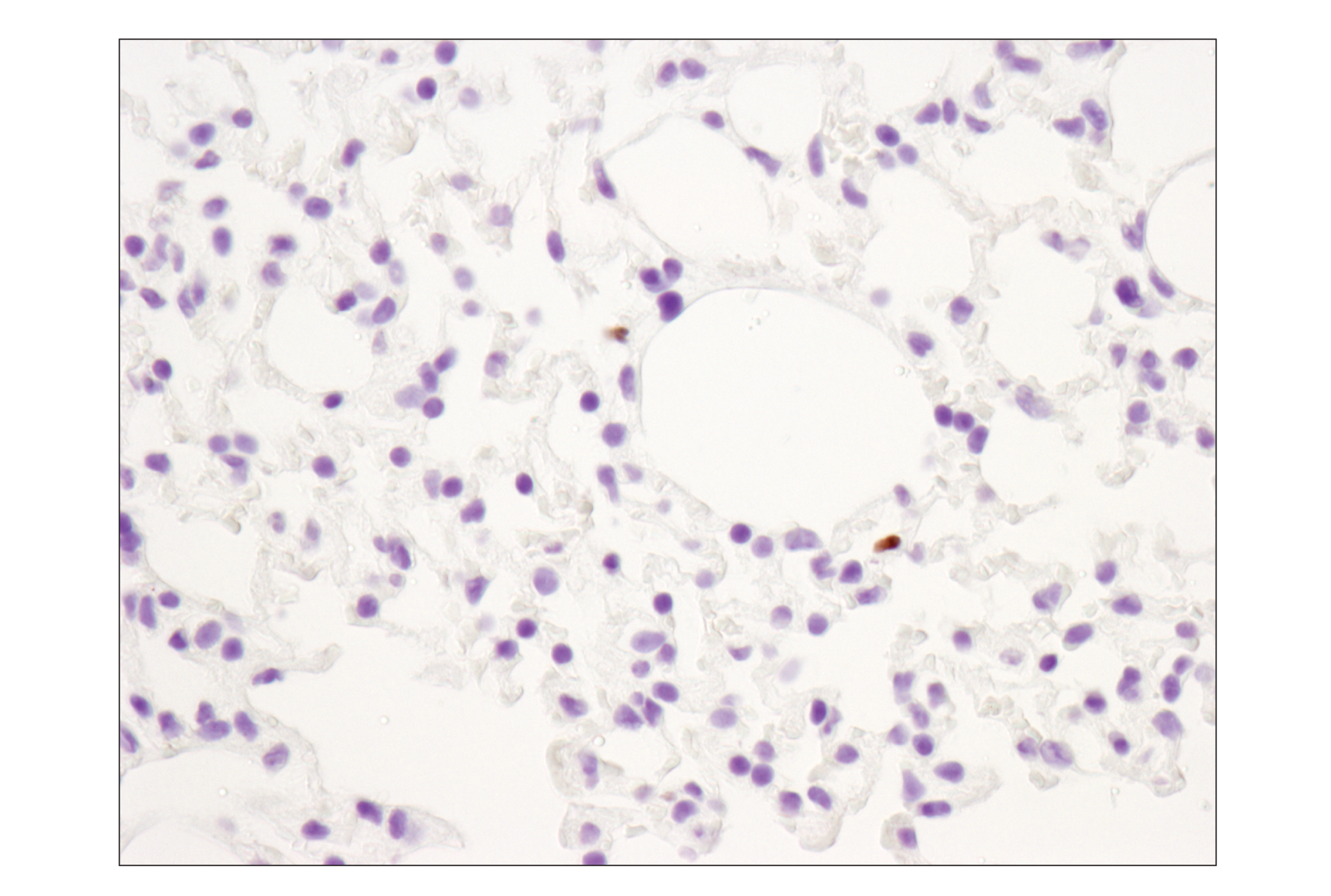
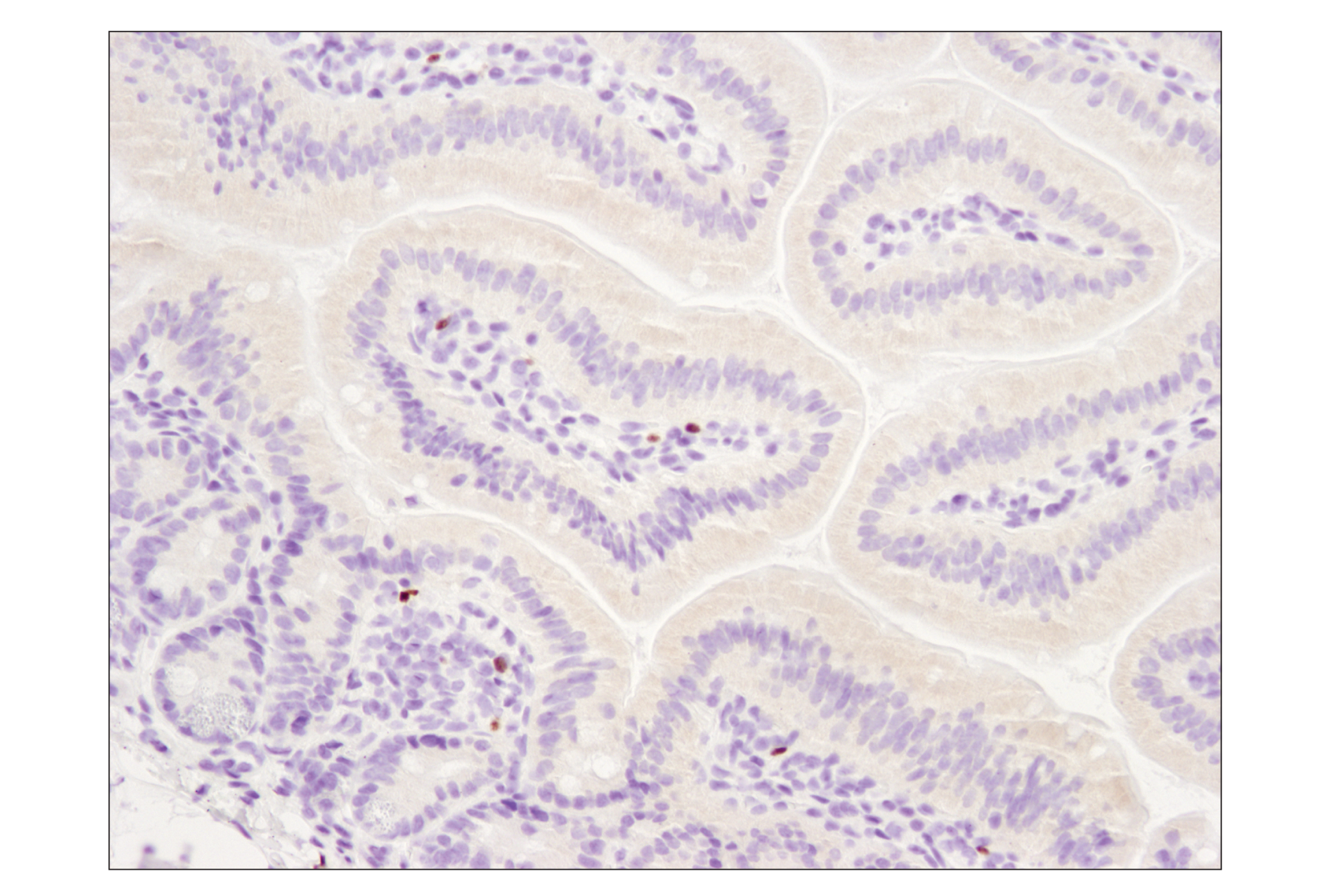

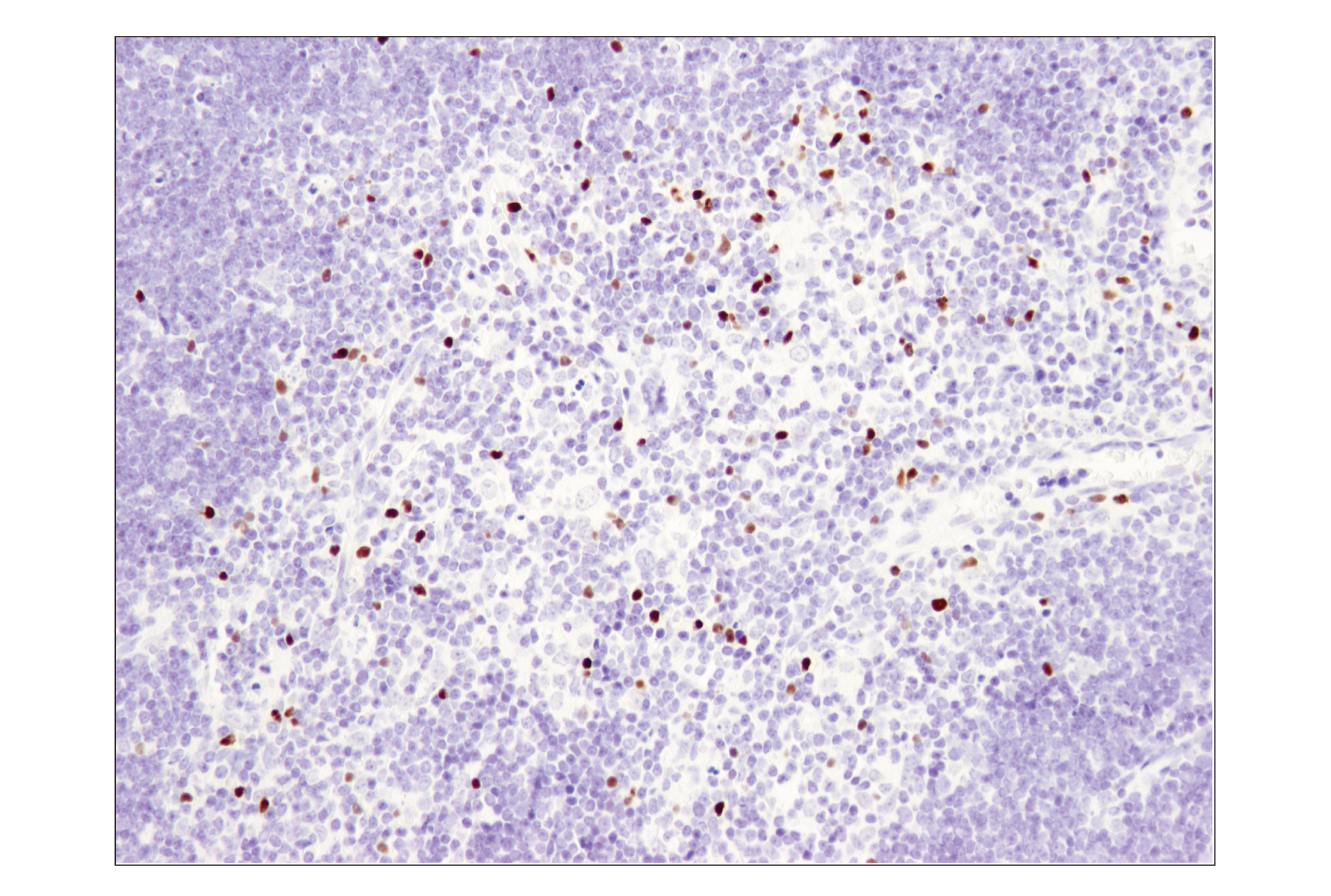
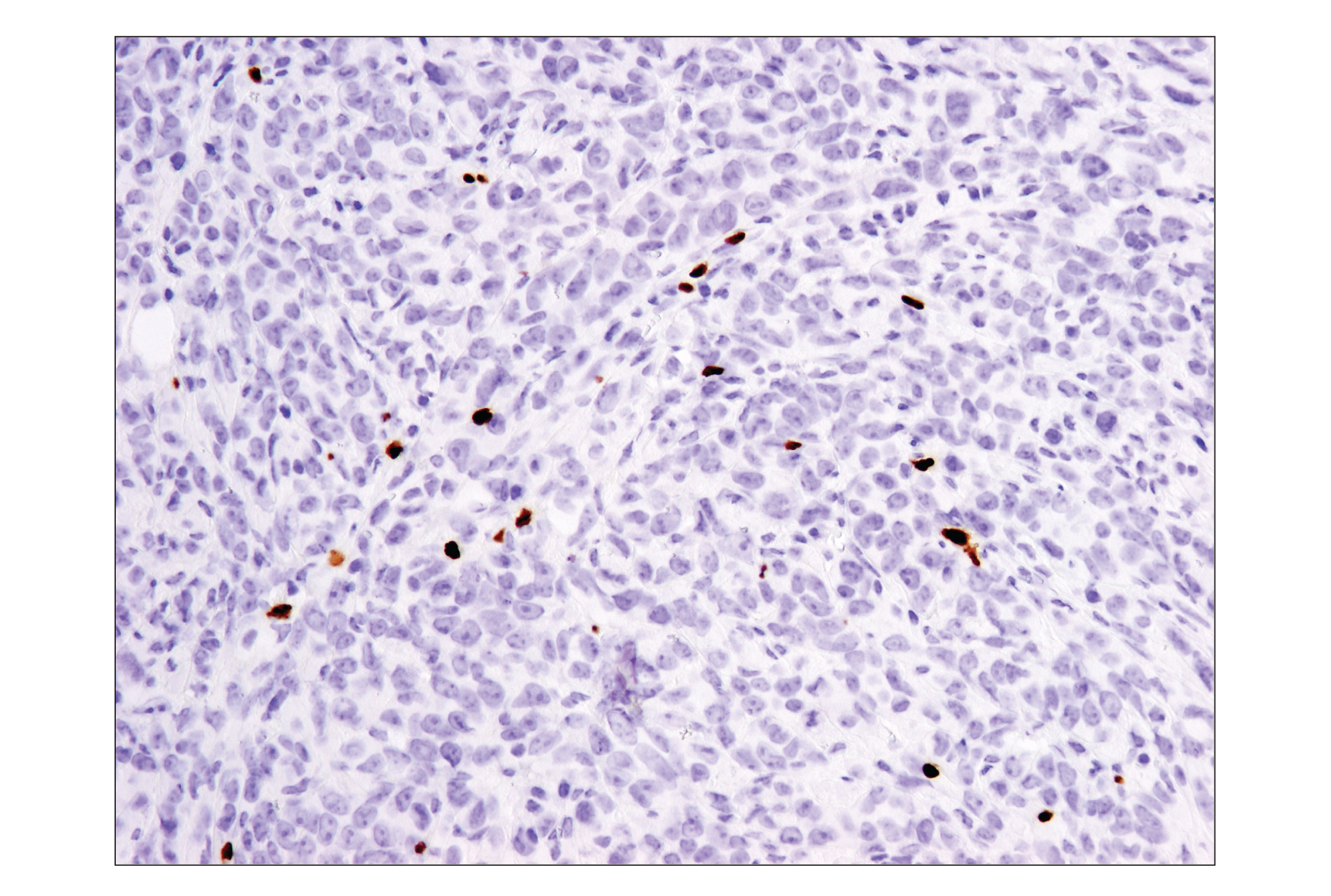
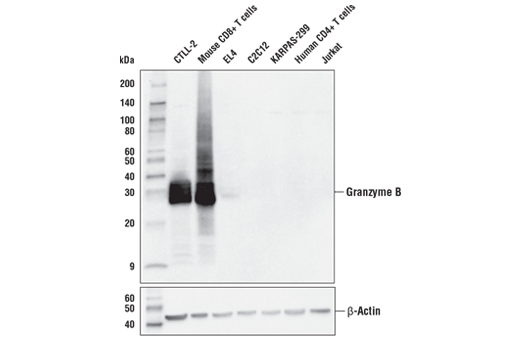
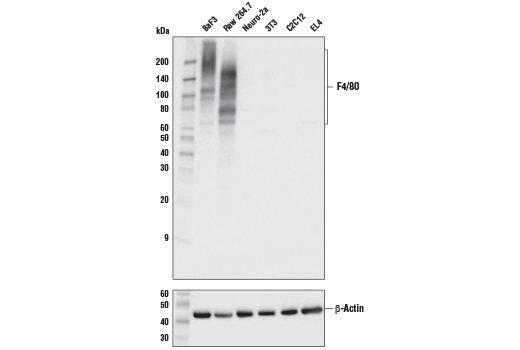
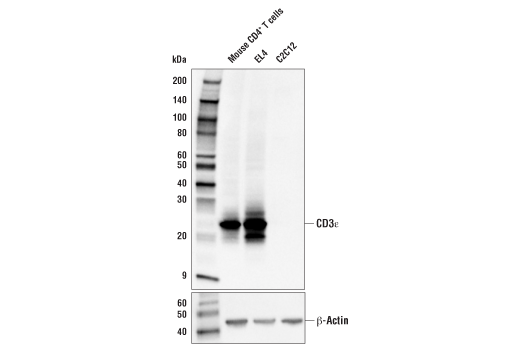
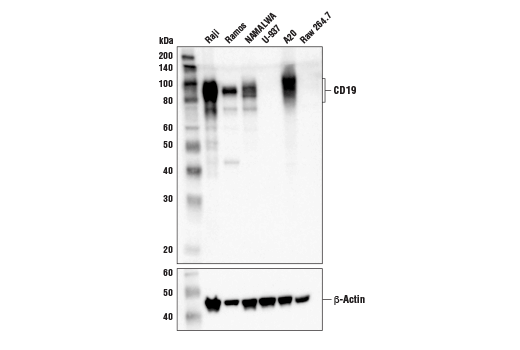

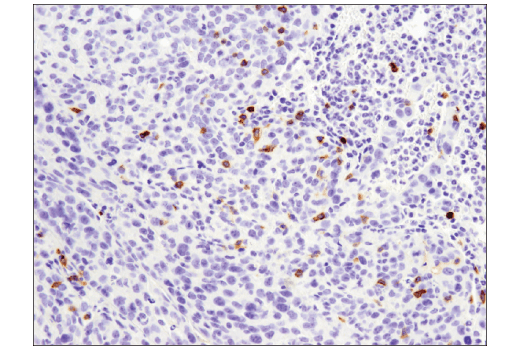
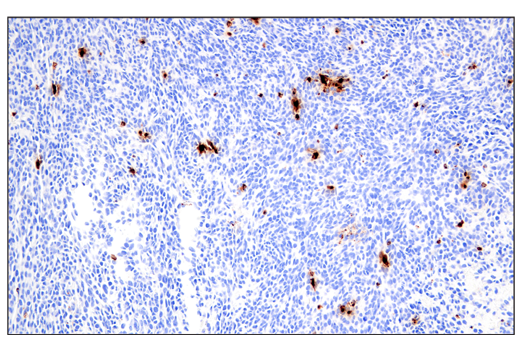
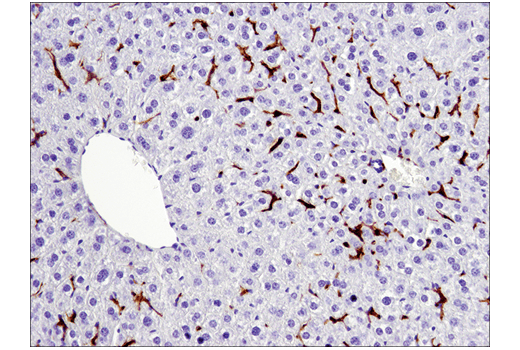
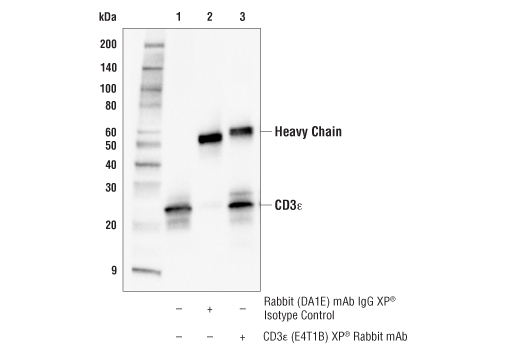
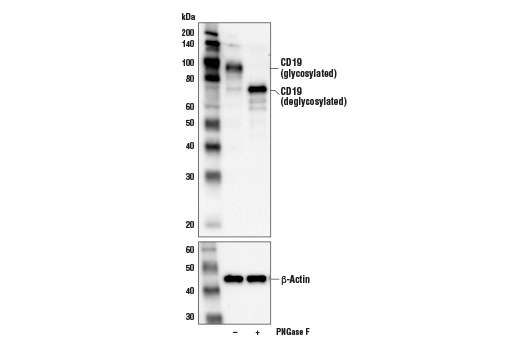
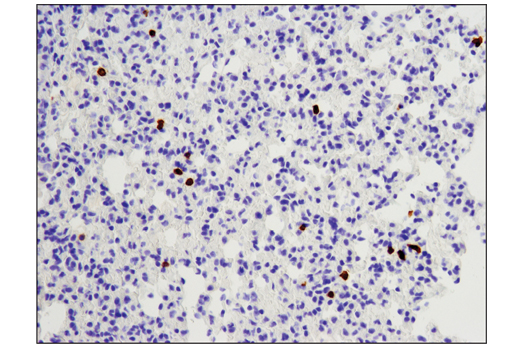
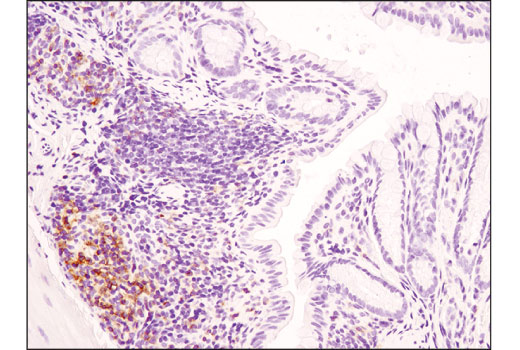
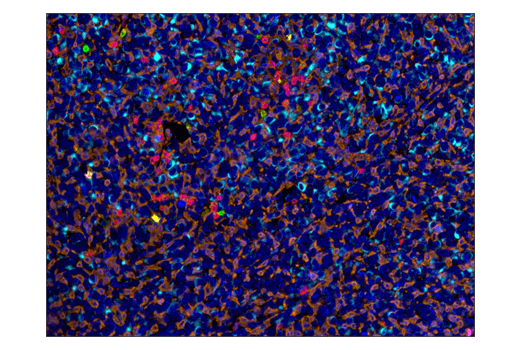

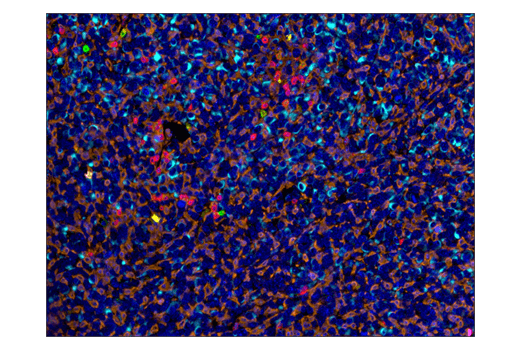
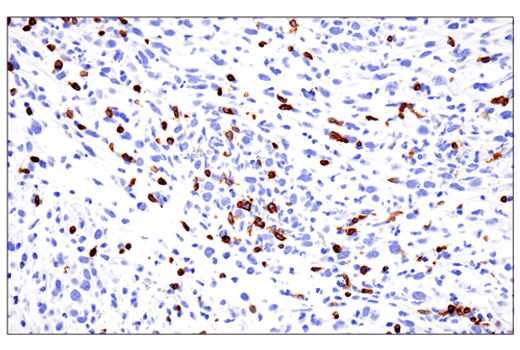
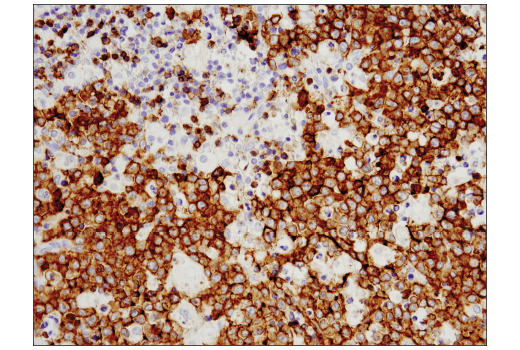
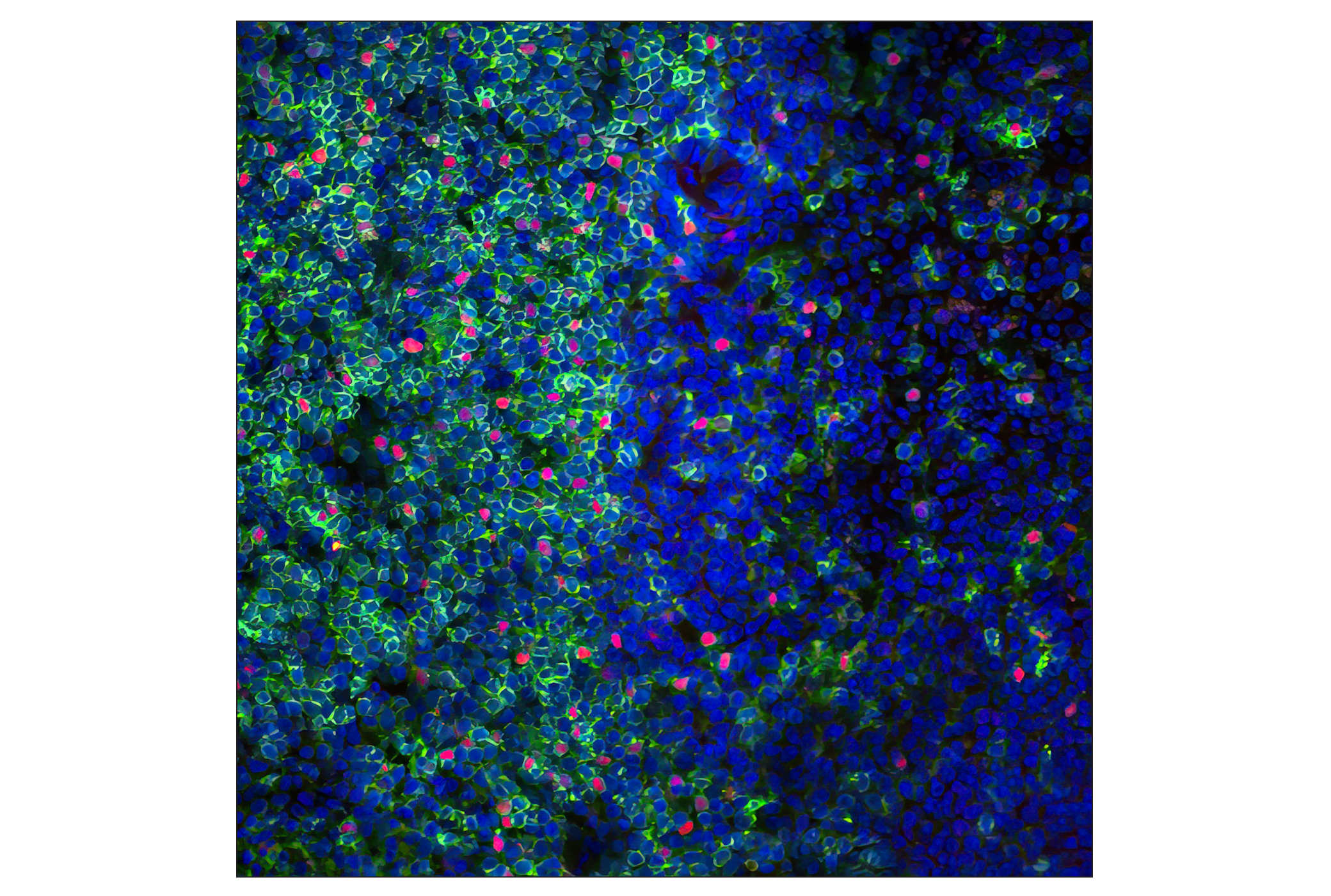
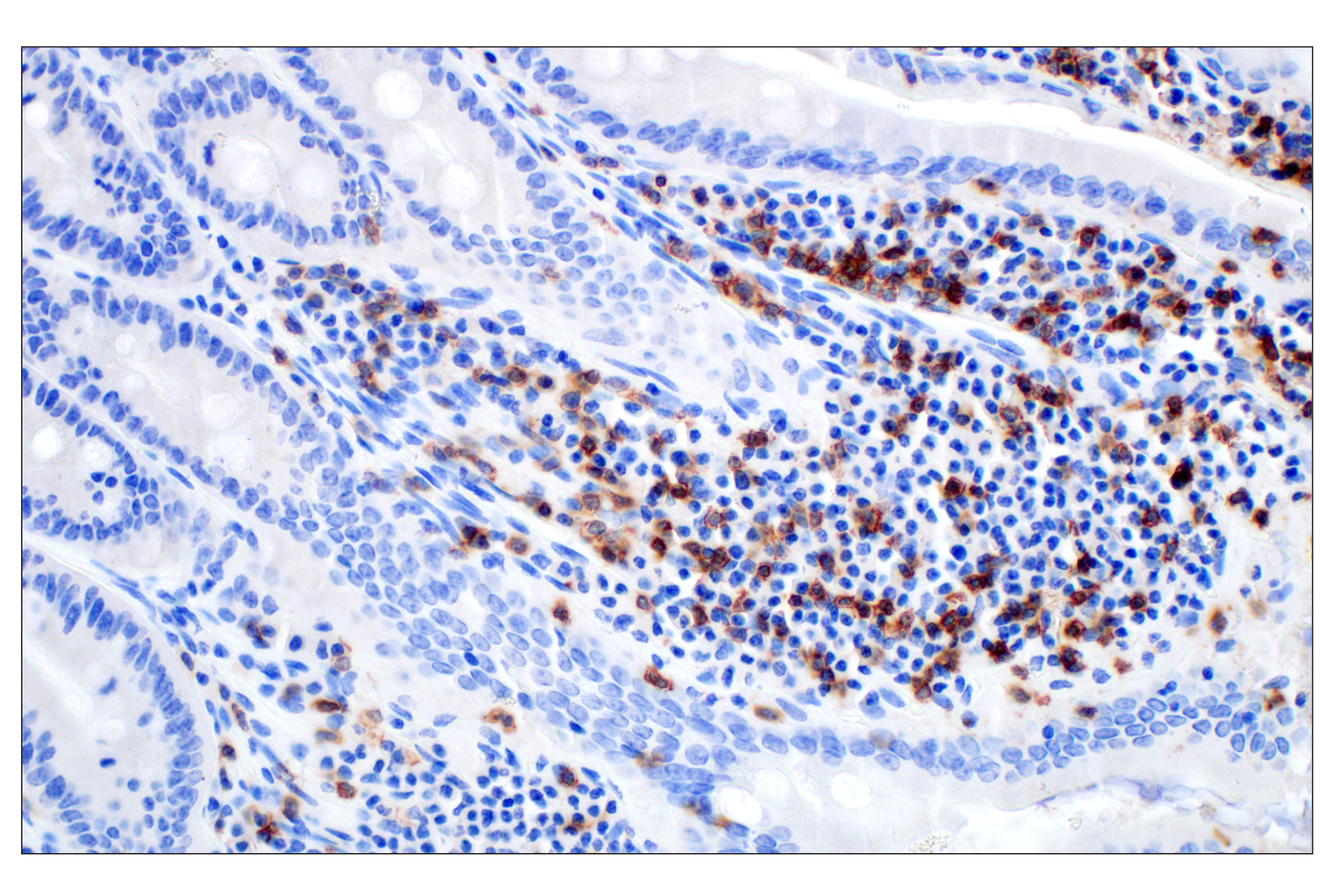
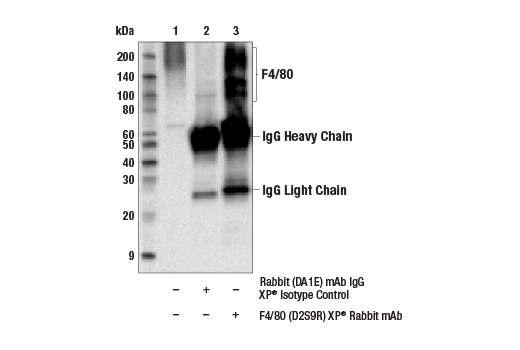
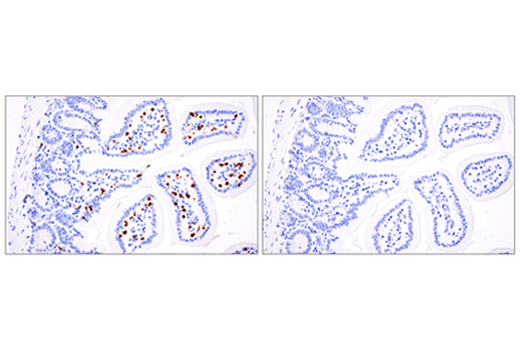
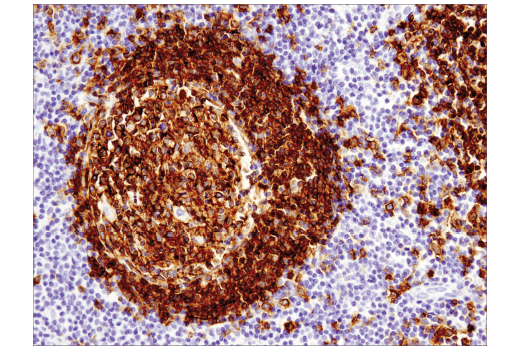

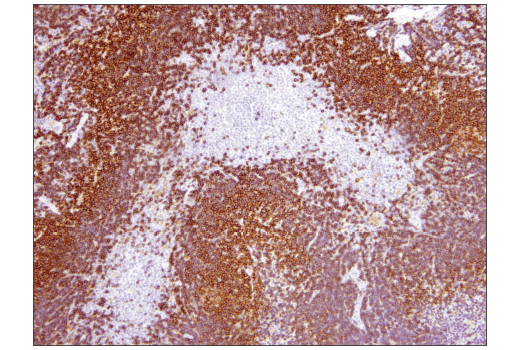
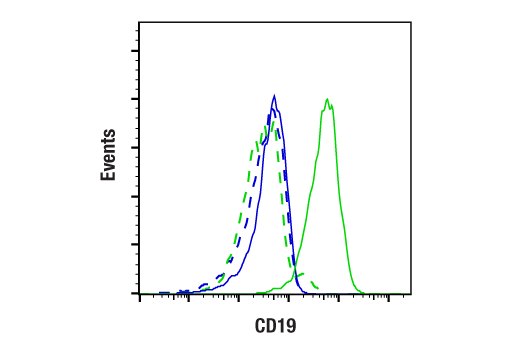
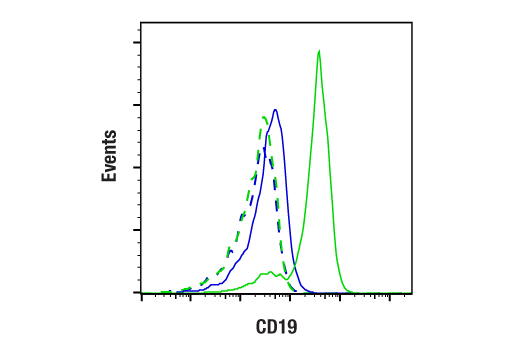

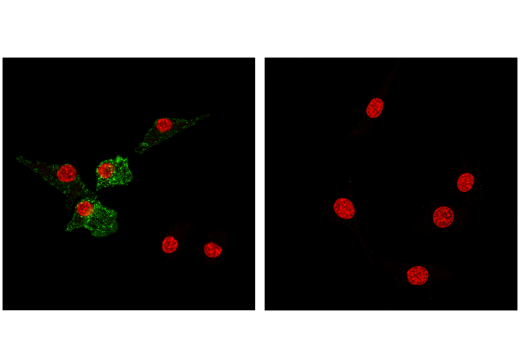
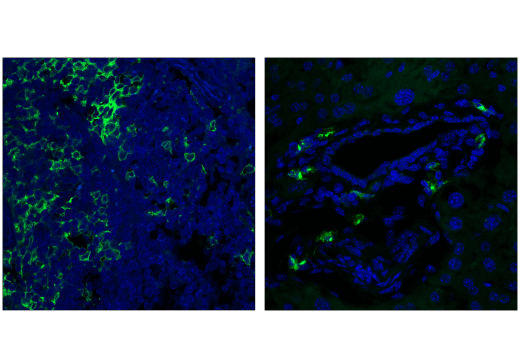
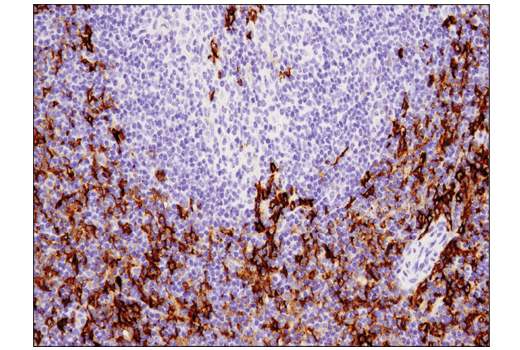
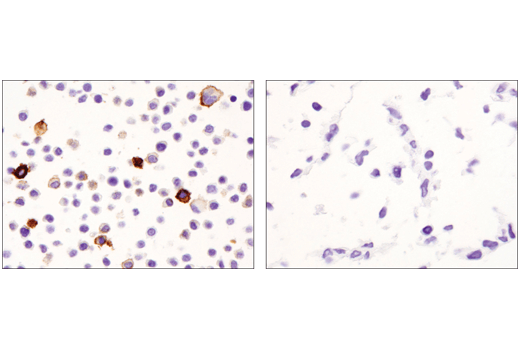
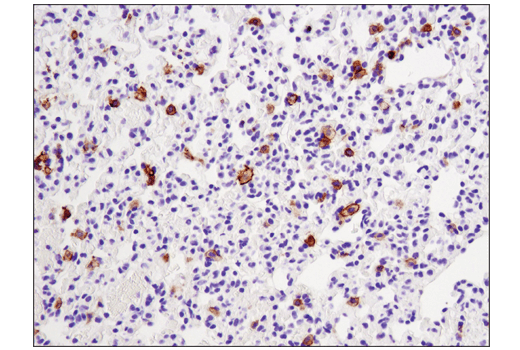
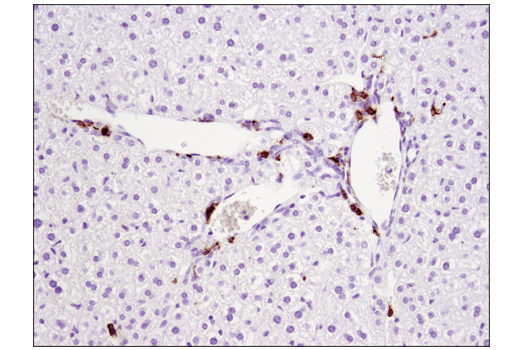
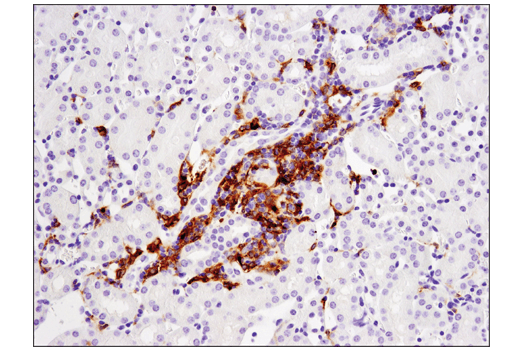
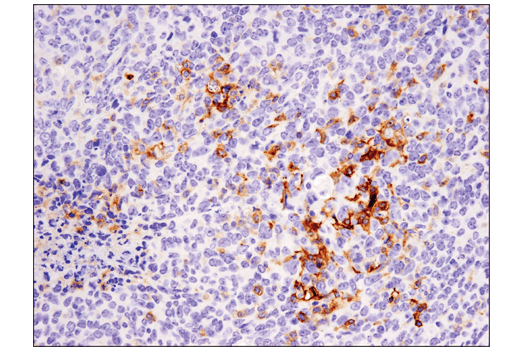
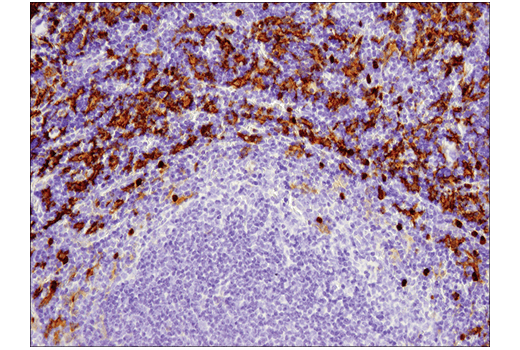
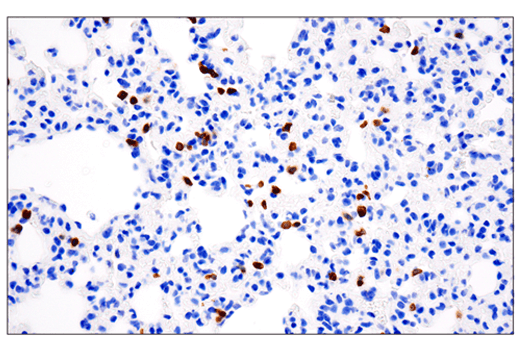
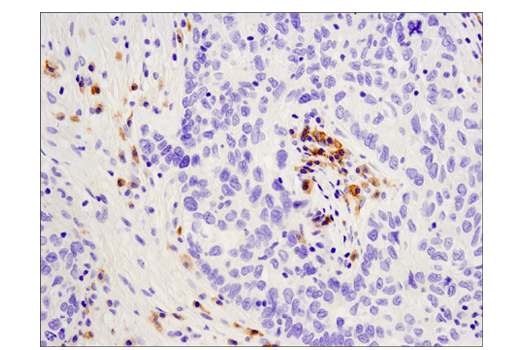
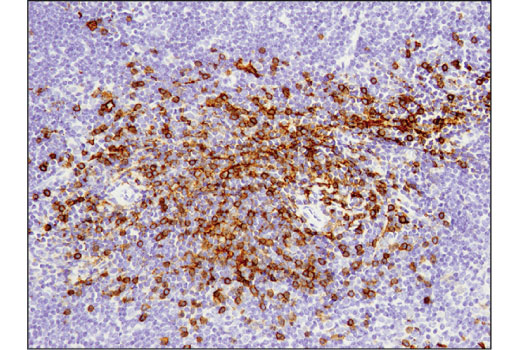
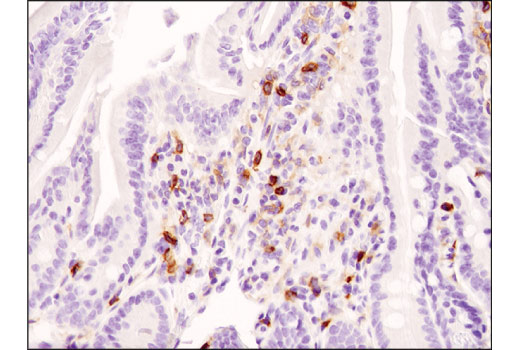
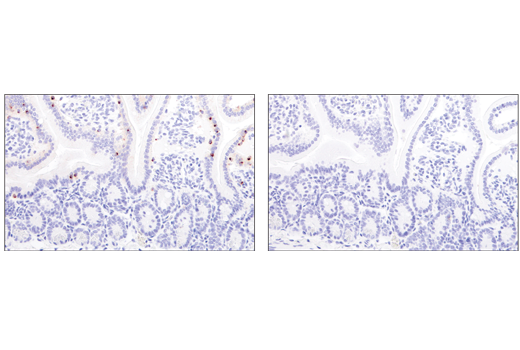
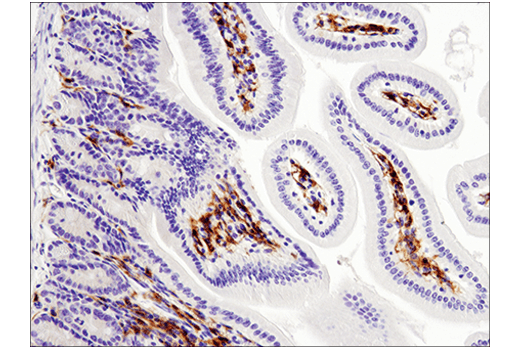
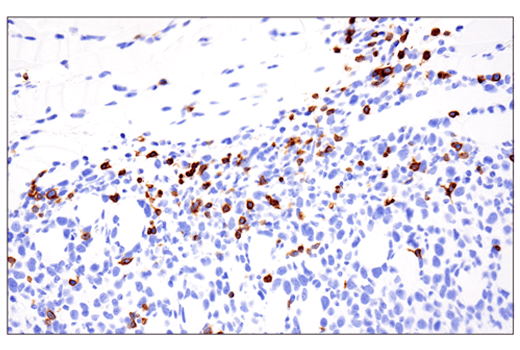


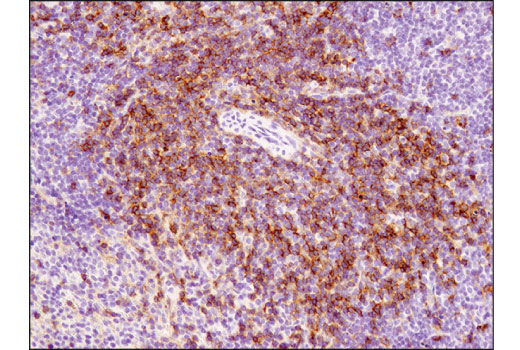
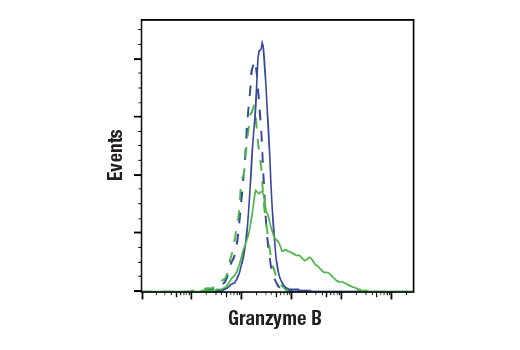
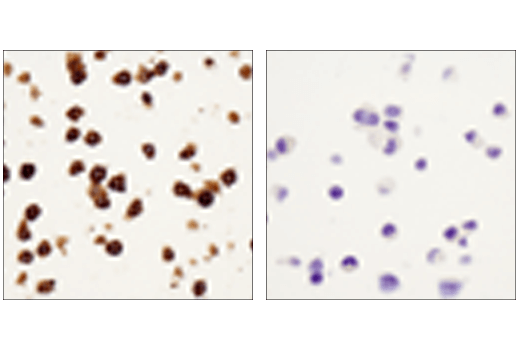
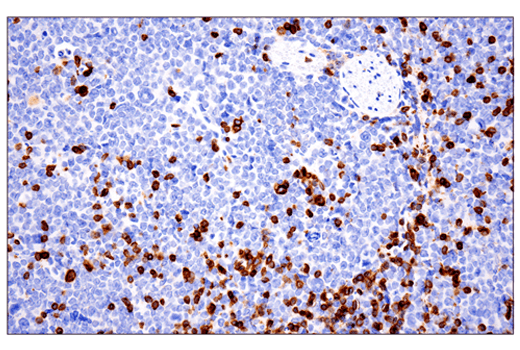
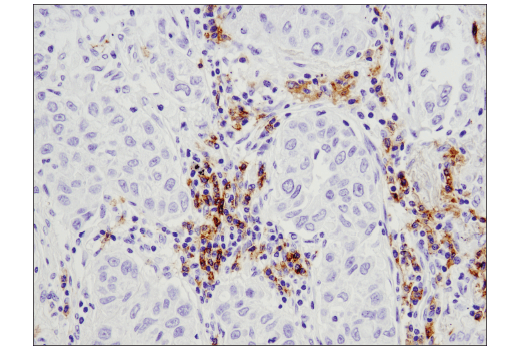
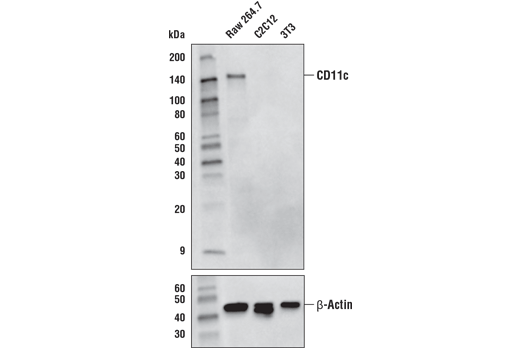

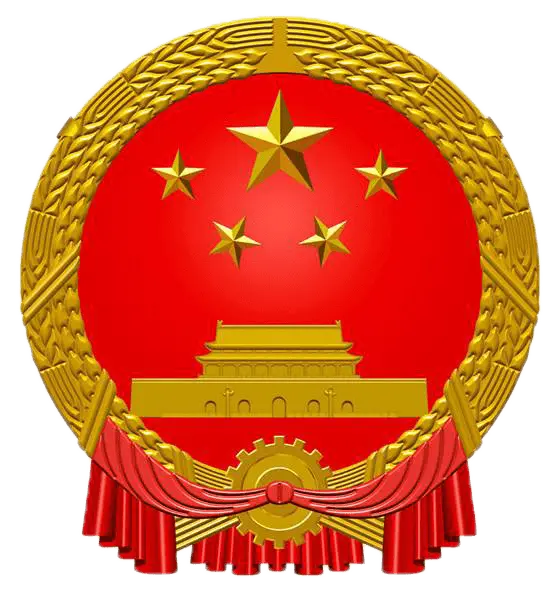 危险品化学品经营许可证(不带存储) 许可证编号:沪(杨)应急管危经许[2022]202944(QY)
危险品化学品经营许可证(不带存储) 许可证编号:沪(杨)应急管危经许[2022]202944(QY) 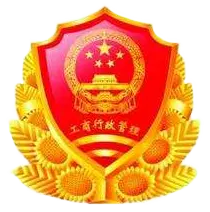 营业执照(三证合一)
营业执照(三证合一)